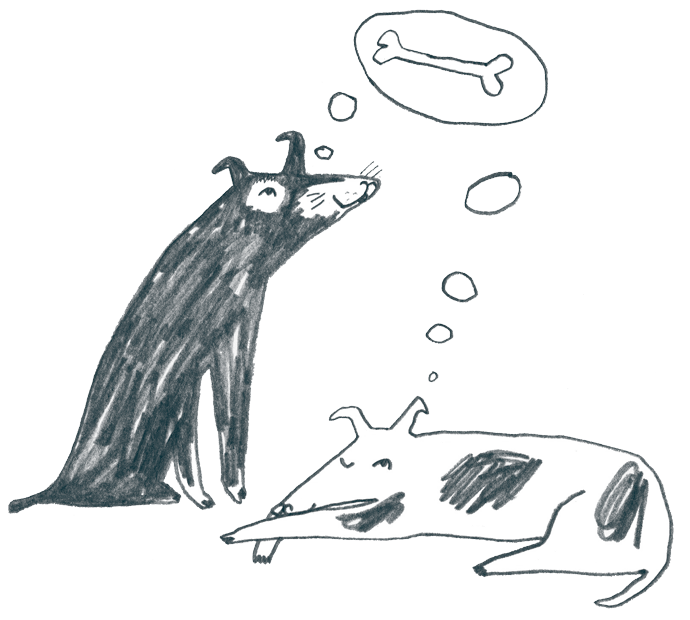Thoughts and conversation from our nomads.
Risk registers and meetings are boring - try a project premortem instead ...
What is a premortem? A premortem is a project postmortem that’s run before a project. During a postmortem people analyse and discuss what went wrong, what went well and what could be improved. While postmortems are very useful the problem is that by the time we run them the project is usually over a...
9 Agile steps that injected magic into our project.
Hi, my name is Simon and I am a Project Manager at Trade Me. Sandy kindly asked me to contribute to her blog, and I consider it a great honour. Below is my story about how we embraced Agile to inject magic into our project. As a Project Manager I am keenly aware that most projects fail and that’s a...
Team ground rules and working agreements
What are ground rules? Ground rules are a list of behaviours and rules a squad decide are useful for working together as a team in a productive and respectful way. A list of ground rules is an incredibly useful tool for guiding group behaviour. They are part of establishing an environment where peo...
Agile Australia 2013
Last week Jan, Mike, Anthony and I were at Agile Australia in Sydney and had an incredibly good time. The conference turned Twitter handles into people, exposed me to TimTam slams, and taught me that Beyond Budgeting is not a boring accounting thing but a riveting management philosophy. I presented...
Making Agile work for the client
Working Agile in the client-vendor context is not always an experience filled with joy and achievement. It can be daunting, frustrating, expensive and unrewarding - as much as it can be productive, useful, involving and successful. Working with Agile with internal teams can be challenging enough, bu...
Sprint planning - turning the what into how
What does your sprint planning meeting look like? Are you the "do it as fast as you can" efficiency hounds or the "sit and listen while the tech lead drones on" type, or are you a "real team" who fight for great designs and customer experiences? Having watched and attended a few hundred of these mee...
Could a "Definition of Ready" Help You Strike a Balance?
Many novice teams find it difficult to strike the balance between too much and too little detail when writing user stories. User stories often start their lives as big statements of intent with lots of unknowns and that’s okay. For something that’s not going to be developed in the near future it mak...
Personal Kanban at work
When we introduced Scrum and Kanban to our teams the most loved addition to our way of working were visual workspaces. Our shared visual workspace We found it tremendously helpful to make our tasks visible though post-it notes, to visualise our workflow and to make sure that we didn't do too many...
Coaching is the new black
Every other week I have a geek and gossip breakfast with fellow Agile coach Nathan from Boost New Media. Last time he told me that at Boost they had replaced the word “Scrum Master” with “Agile coach”. It makes complete sense: The most important part of the Scrum Master role is coaching. Also, many...
Nomad8 highlights of 2012
It is the time of year for winding down and reflecting on things before heading off to the beach for some BBQ-ing, drinking of things and general relaxing. So we wanted to thank you for your custom and support for 2012, wish you all the best for 2013 and share some of our reflections (we can share d...
It's all about demand
When you are coaching / mentoring there are times when you just get stuck, no matter what you try the message does not get through. You speak to your peers and you come up blank there too. This happened to me when I was coaching a development team manager, they had sort of adopted some Agile practic...
Splitting a User Story along Acceptance Criteria
When breaking down a large user story to ensure it is sized appropriately, the default is to use Richard Lawrence’s excellent 9 Patterns for splitting a user story. I also use an additional approach; in the first instance I look to see whether it can be split along its acceptance criteria. Every goo...
Chart your happiness
We all know or at least we should know that retrospectives are one of the Agile recipe's 11 secret herbs and spices. It performs a valuable role in the improvement of the team and its practices, as well as throwing up a whole host organisational issues. One step / practice when you are setting the s...
Personal Kanban as a Coaching Tool for Product Owners and Others
A while ago I wrote about Personal Kanban at Snapper. Personal Kanban, or KanbanFor1 as we call it, has supported Snapper’s Agile adoption and has proven an excellent training ground for the team to develop good habits and behaviours. As in all Agile adoptions the delivery team aren’t the only ones...
Evolving the Story map
I can't say enough about how useful story maps are and how essential they are on any Agile project. Jeff Pattonis the undisputed (certainly in my mind) master of the story map and it's well worth looking at the materials on his site. Jeff summarises a story map as, "A prioritized user story backlog...
It's a game of two halves
Does development process for the stories you build in the first half of the sprint flow nicely, do you have few defects? How about the second half of the sprint? Do you miss things, are there more defects? The team I am currently working for rocks our current Scrum practices are well embedded and un...

